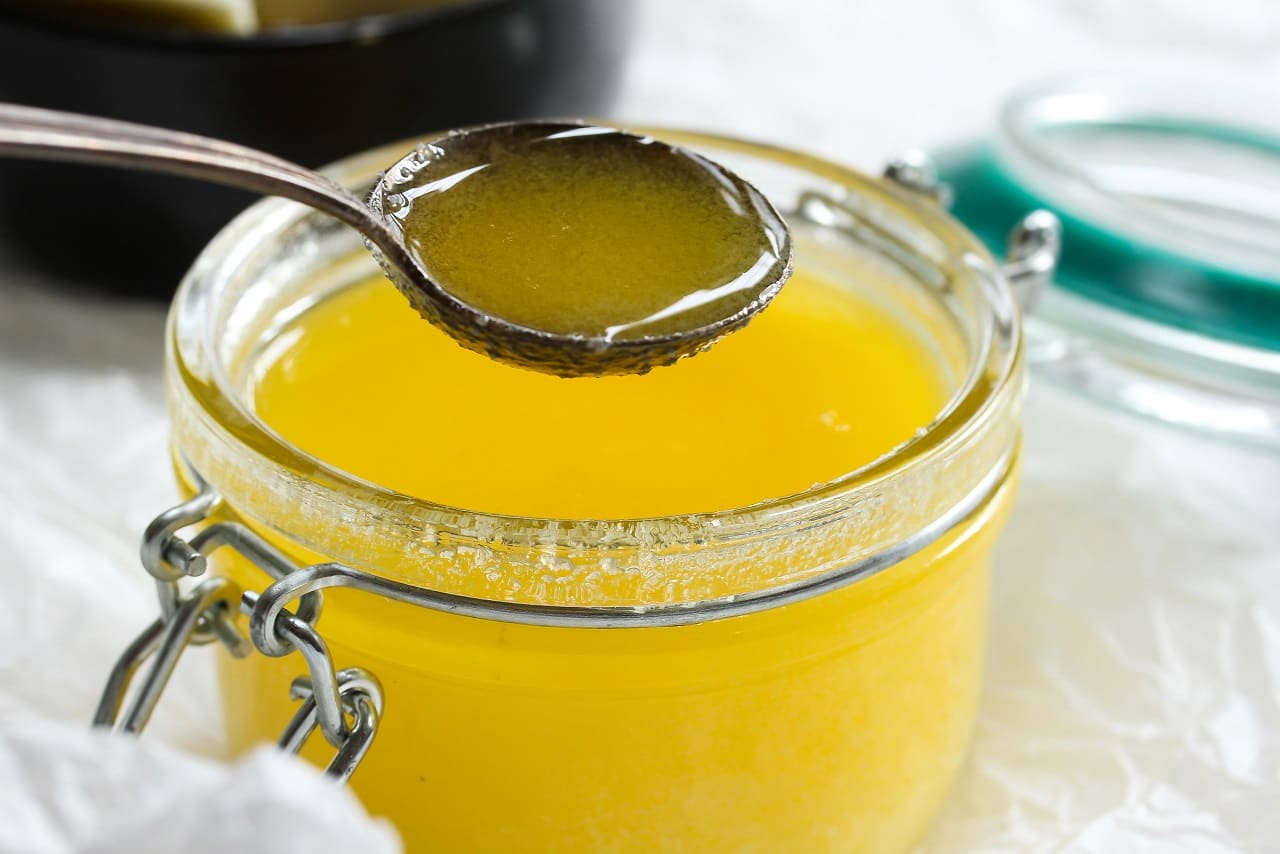Transparency In A Jar: Navigating Ghee Adulteration Challenges
In an era when consumer trust is essential, the dairy industry faces a pressing challenge in ensuring the authenticity and purity of its products. Unfortunately, adulteration has made ghee, a beloved and traditional ingredient, a target. Ravin Saluja, director of STERLING AGRO INDUSTRIES LIMITED( Nova Dairy Products ), shares that detecting adulterated ghee requires modern techniques to protect consumer trust and the dairy industry’s integrity.
Understanding The Gravity Of Ghee Adulteration
For centuries, ghee has been a mainstay in homes due to its abundance of health benefits and distinct flavour. However, the increased demand for this golden elixir has led to unethical practices within the industry. Adulterants pose a severe risk to consumer health and damage dairy companies’ reputations, compromising the purity of ghee with ingredients like vegetable oils, animal fats, and synthetic compounds.
The Need For Modern Detection Methods
While practical, traditional ghee purity tests, such as the iodine value test and the Reichert-Meissl value test, are time-consuming and frequently need more sensitivity to detect low impurity levels. As a result of these challenges, the dairy industry increasingly relies on advanced analytical techniques that produce real-time, accurate results.
- Chromatography Techniques: Liquid chromatography (LC) and gas chromatography (GC) are particularly effective in fighting adulteration. Using these methods, individual components in a sample can be identified and separated, making it possible to detect even insignificant amounts of impurities. With its capacity to identify volatile compounds, GC is a priceless tool for determining what non-dairy fats and oils might be in ghee. On the other hand, LC is excellent at separating intricate mixtures and provides a thorough breakdown of the contents of ghee.
- Spectroscopy Applications: Non-invasive methods for ghee analysis include infrared spectroscopy, near-infrared spectroscopy (NIRS), and nuclear magnetic resonance (NMR) spectroscopy. These methods rely on the interaction of light with molecules to produce unique spectral fingerprint substances. NIRS, in particular, makes it possible to screen large batches of samples quickly and affordably, which improves quality control process efficiency. Spectroscopy is essential for preserving product integrity because it can analyse samples without physically contacting them.
- DNA-Based Authentication: Many dairy manufacturers employ DNA-based techniques for ghee authentication to achieve even greater accuracy. Through genetic material analysis, these methods identify any foreign DNA introduced through adulteration and verify the origin of the ghee. This innovative strategy offers a reliable way for supply chain traceability and transparency and guarantees product purity. DNA analysis provides a means of tracking the provenance of ghee, which helps to prevent adulteration and preserve consistency.
Conclusion
As the dairy sector develops further, so must our dedication to products. In addition to preserving consumer confidence, contemporary adulteration detection techniques raise industry standards for quality control. Dairy businesses may more successfully identify adulteration and remain ahead of new risks to product integrity by utilizing cutting-edge analytical techniques like chromatography, spectroscopy, and DNA-based verification. By doing this, they reaffirm their commitment to providing customers with genuine, premium ghee and cultivating enduring relationships based on openness and trust. Ghee is an age-old ingredient that will continue symbolising quality and integrity for future generations. The dairy industry is creating new avenues to preserve its essence in its quest for purity.

Rohit Malhotra is a medical expert and health journalist who offers evidence-based advice on fitness, nutrition, and mental well-being. His articles aim to help readers lead healthier lives.


